Krøgenes (NO)
The Synthetic Site Folder and Site Brief are available for free.
Please register and login to access the Complete Site Folder.
- Synthetic site folder EN
- Site Brief EN
- Site on Google Maps
- Back to map
Data
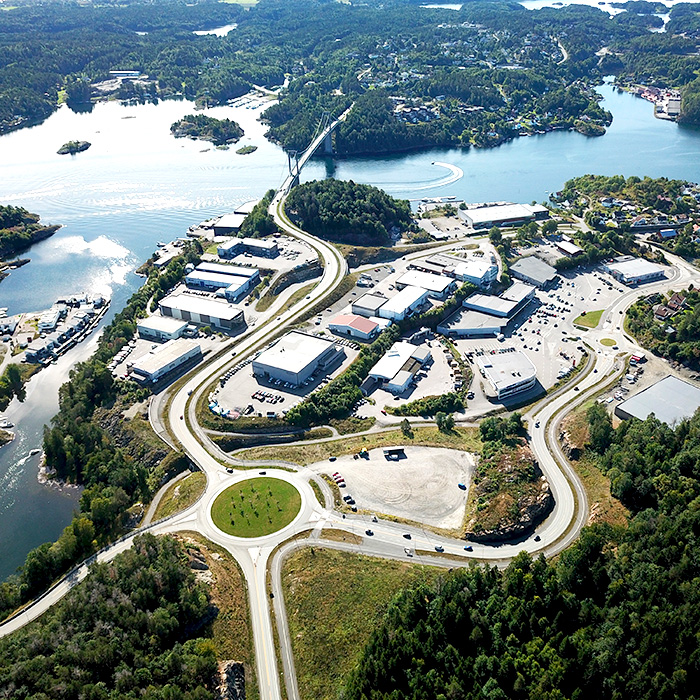
KRØGENES (NO)
Scales XL/L
Team representative Architect, urbanist and landscape architect
Location Arendal
Population Arendal kommune 45 891 inhabitants
Reflection site 118 ha - Project site 42 ha
Site proposed by Arendal municipality
Actors involved Arendal municipality, civic society organisa- tions, local businesses and property developers
Owner(s) of the site Private owners
Commission after competition Two workshops and feasability studies with a total value of aprox. 500 000 NOK + possibilitites of negotiated work from stakeholders/private delveopers.
More Information
Inhabited milieu's challenges
Krøgenes is a car-based district centre in Arendal municipality that has found itself in a strategic position facing an upcoming era of transition. Consisting mainly of big box retailers, warehouse facilities, parking lots as well as industry today, the area sits in the middle of several existing and planned developments. One of the most significant developments is the new battery factory, now under construction just to the north of the site. The factory will create more than 2500 new jobs and attract an estimated 6500 new inhabitants to the immediate area. With thousands of new inhabitants moving into the Krøgenes area over the next few years the area needs a strategic approach to urban development. The scale of the changes will stretch the capacity of the municipality both in terms of capital, planning resources and care services. The challenge is to ensure sufficiently rapid construction while maintaining social sustainability in planning for the structural social changes that come with so many new inhabitants. The success of the transformation will largely hinge on productive collaboration with local businesses, civil society and inhabitants, a type of co-creation Arendal has developed successfully over the past decade. By stimulating collaboration between local forces, Arendal aims to trigger local initiatives and new sustainable solutions. What processes and interventions could help imbue Krøgenes with a strong identity, increase well-being and belonging, as well as open possibilities for climate-friendly mobility? The development of smaller, compact local centres is a key strategy for reducing greenhouse gas emission in the municipality’s Regional Spatial and Transport Plan. Krøgenes exemplifies the main challenges Arendal faces in order to realise this strategy. The prevalence of monofunctional car-based trade areas detached from their surroundings, lack of pedestrian and bicycle connections and low housing qualities all provide tangible starting points on the path towards developing a better Krøgenes.
Arendal has entered Europan 17 to find ways to develop the Krøgenes area into a vibrant local and well-connected urban centre. Innovative forms of mobility and regenerative typologies of public space, housing and services can all be leveraged in the case of Krøgenes to create value for both the climate and local economy. How can the development be tuned so that it provides the care needed for the existing local community and the even stronger, robust sense of care, community, and accessibility that will make the new inhabitants feel at home?
Questions to the competitors
Make a proposal for a holistic intensification and transformation of Krøgenes into a well-connected, local urban centre that supports the needs of the growing population that comes with the new battery factory and associated industries. Do also take into account the needs of the existing communities of neighbours and local businesses. Show how the proposal would work in the immediate, medium and long term. Arendal municipality wants proposals of urban design and programming that are visionary in terms of rege- nerative capabilities, urban typologies, sustainable building practices, mobility and social sustainability. The municipality also wants feasible processes for how to engage local actors, businesses and civil society in the transformation.
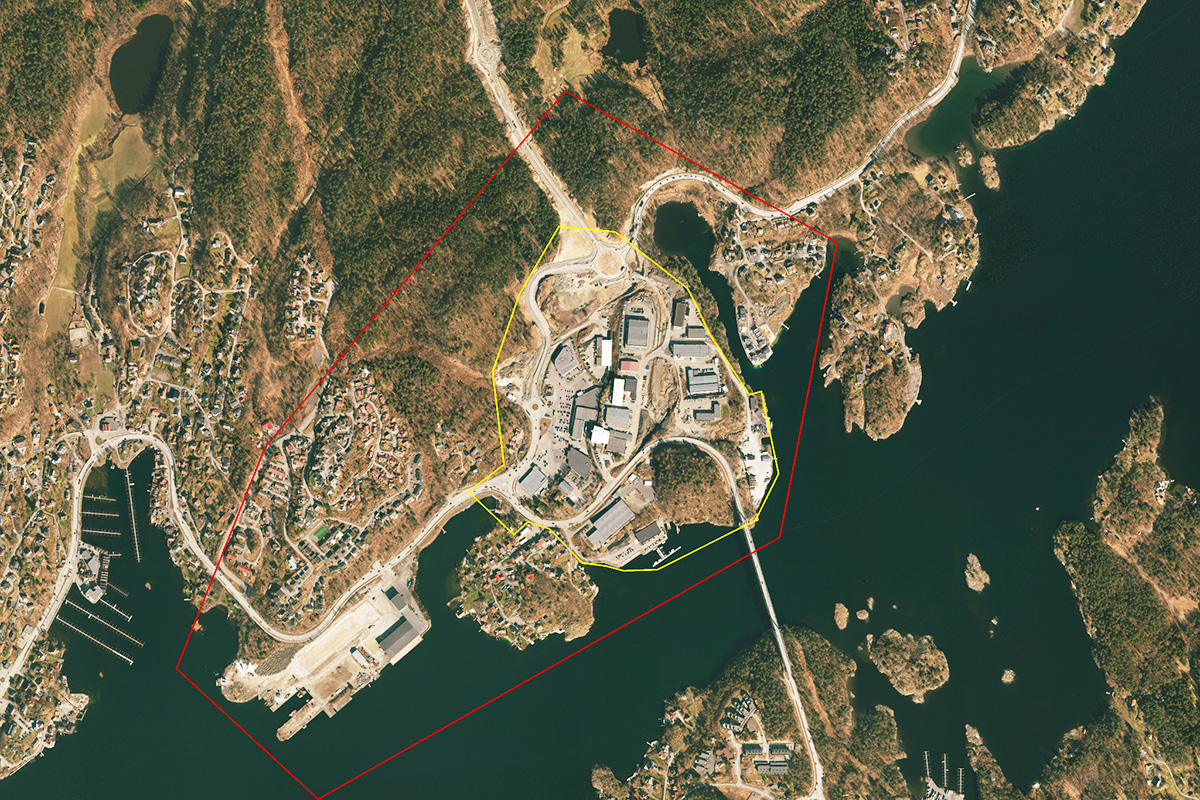
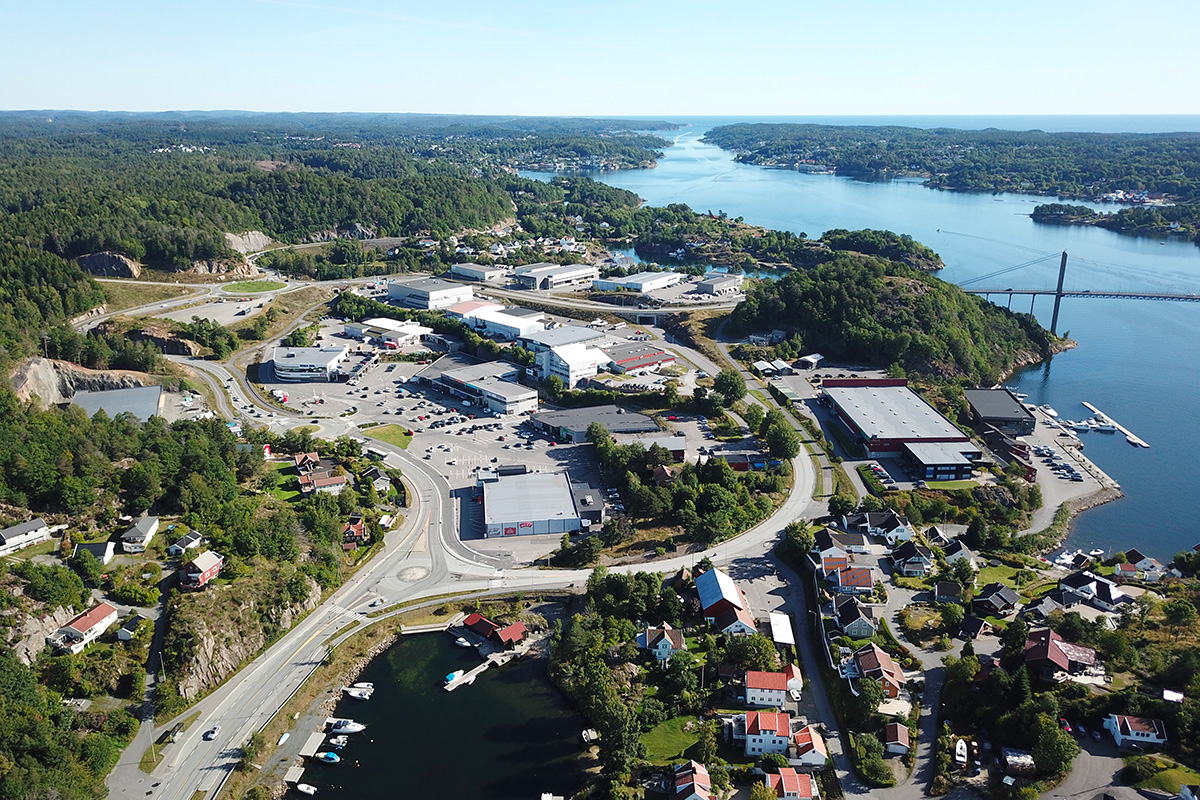
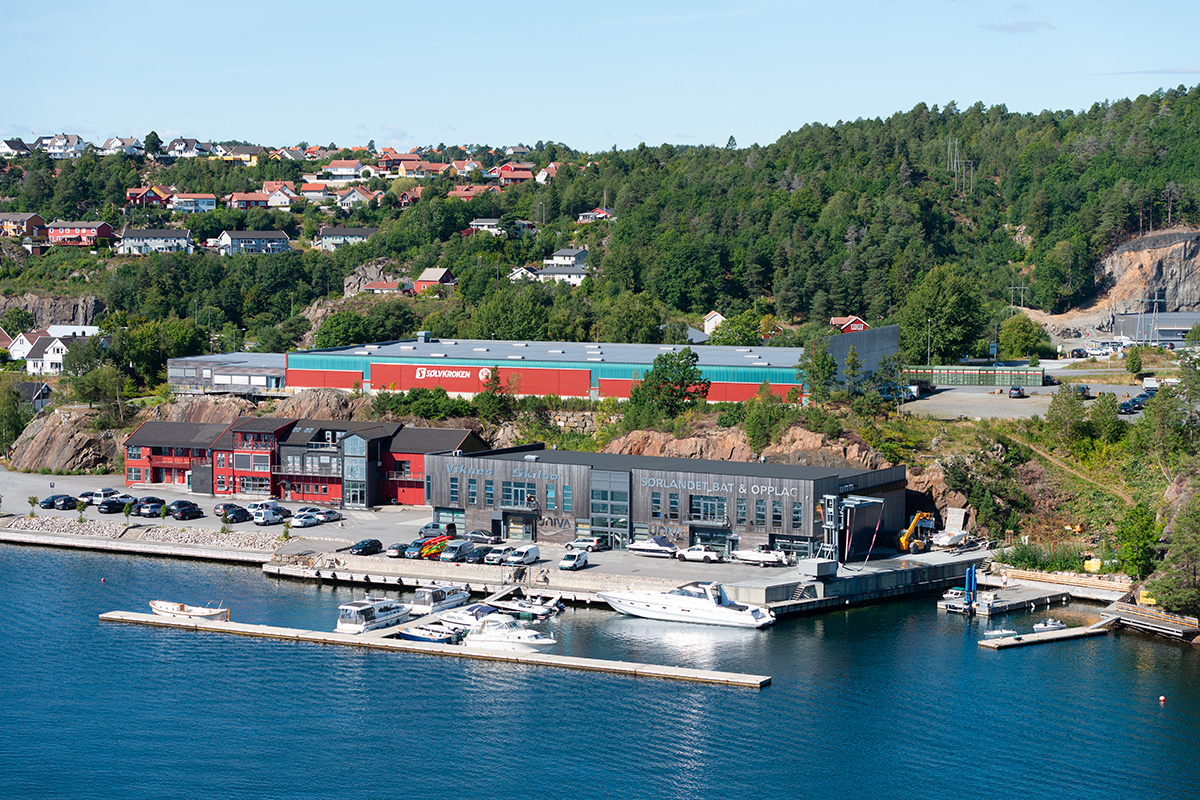
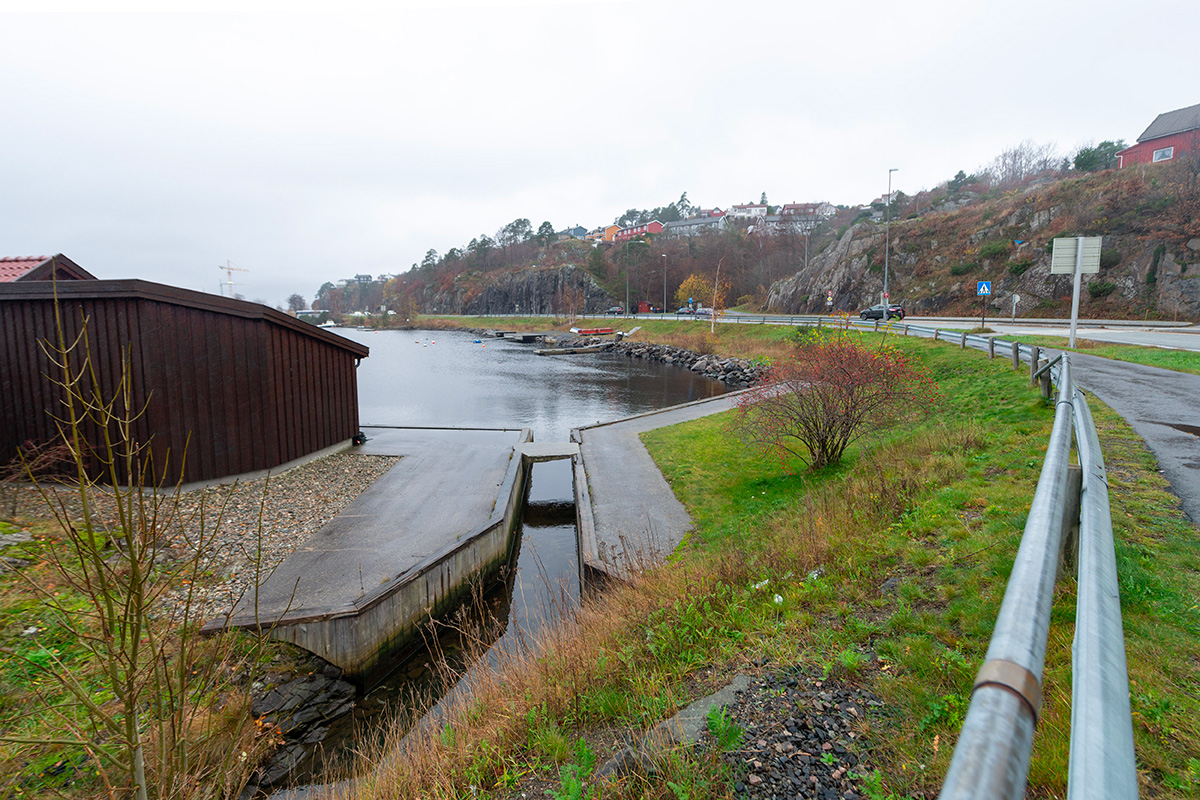
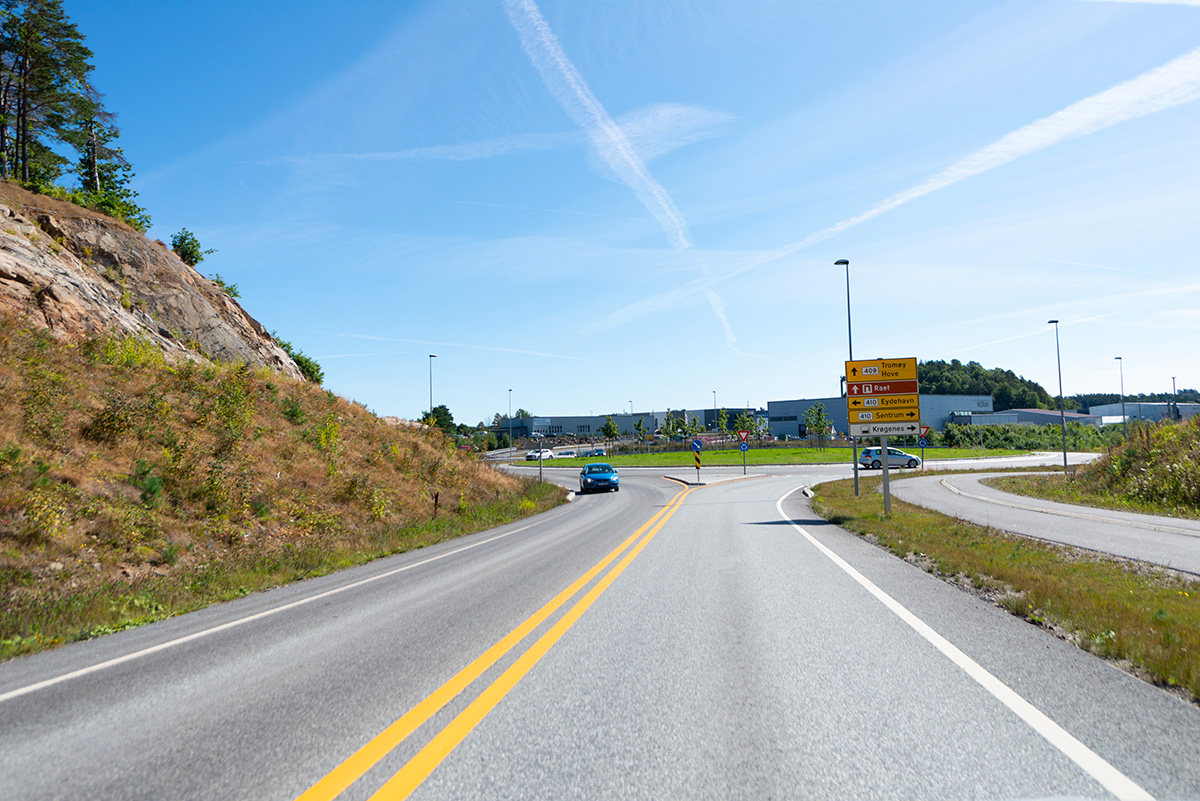
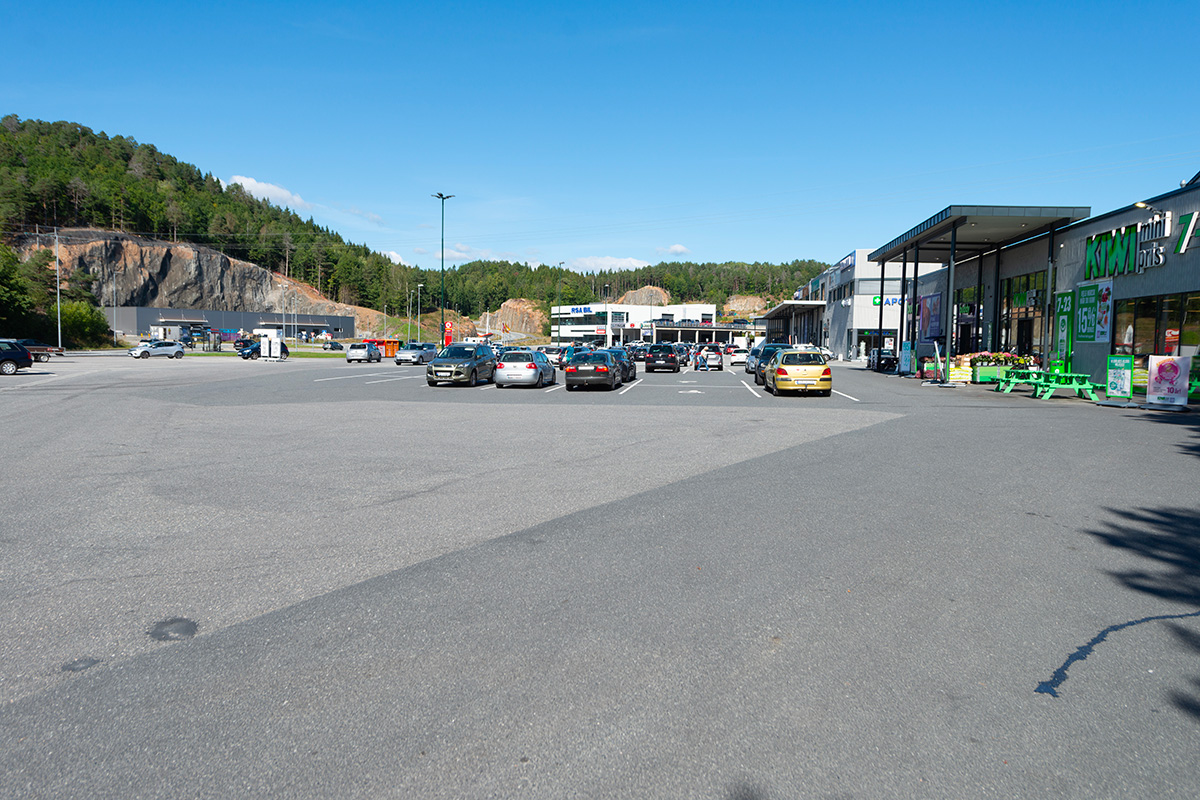
Questions on the site
What are the chances of getting private commissions from the private partners on the site?
The guaranteed commission for the winning team is doing the two workshops, with the work and time valued approximately 500 000 NOK. During these workshops, the winner will meet and discuss the proposal with a wide range of stakeholders, among them the private partners that are professional real estate developers, that own properties on the site and wish to develop the area. These partners are very actively engaged in the Europan competition, and eager to commission work to the architects, but cannot promise anything before they meet the architects and there is a concrete proposal and plan for the area. The workshops will be unique networking opportunities for a winning team. So, the chances are very good, but cannot be guaranteed.
The goal of the compeition is to make an overall concept and a process for developing the area. The winning proposal will form the basis for the municipal plan for the area, and the individual projects developed by private partners.
What level of detail is expected?
We are looking for an overall concept for the development of the area. The proposals should therefore focus on communicating their main concept, detailed floor plans etc. are therefore not needed. The proposal should accomadate around 800 dwelling, with services and program to support them. Regenerative and climate resilient solutions, meeting points and socially sustianable urban spaces.
Apart from the usual specifications for deliverables (panels, text, etc.), are there any other specifications for the deliverables regarding the scale of plans or the number of specific grafics, or is the presentation of the concept on the panels completely free to design?
You are free to choose how you present your concept, what kind of illustrations, drawings, scales etc. The only requirements are those outlined in the E17 rules, section 4.
This site is connected to the following theme
THINK TABULA NON-RASA! Some nature reserves around the world are deserts –hot or cold–, but they host all kinds of animals and microorganisms hiding in the cracks and crevices, under the rocks. Some of our sites look empty, vacant, but they are not. They are full of life: in the soil, in the air, in the breeze. They are part of a larger balance of natural forces and processes. On these sites, substantial new volumes of programme are required. Think of these sites as the opportunity to multiply the number of life forms, think of the request to build new habitats as an opportunity to design a holistic environment. Think tabula non-rasa!
Designing new habitats as a holistic environment
Specific documents
Questions on the site
You have to be connected –and therefore registered– to be able to ask a question.
Fr. 16 May 2025
Deadline for submitting questions
Fr. 30 May 2025
Deadline for answers
Before submitting a question, make sure it does not already appear in the FAQ.
Please ask questions on sites in the Sites section.
Please ask questions on rules in the Rules section.
If your question does not receive any answer in 10 days, check the FAQ to make sure the answer does not appear under another label or email the secretariat concerned by the question (national secretariat for the sites, European secretariat for the rules).